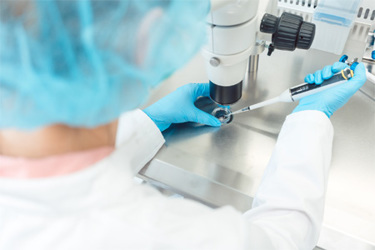Tackling Cell And Gene Therapy Manufacturing Challenges
By Peggy Tseng and Tsung-Ting Tsai, Mycenax

Cell and gene therapies (CGTs) are revolutionizing the field of medicine and hold promise to provide life-saving treatment for diseases with previously unmet medical needs. While autologous cell therapies currently dominate the global market, allogeneic therapies are gaining popularity due to their availability, diversity, scalability, and affordability. However, manufacturing these products poses challenges, including diverse cell starting materials, complicated and non-standardized processes, characterization of in-process control and CQA, sterility assurance, and scalable manufacturing.
Using high-quality donor banks and experienced collection centers to procure cells can help address manufacturing challenges. Partnering with an experienced contract manufacturer can provide you with innovative solutions to overcome the challenges faced in manufacturing CGT products. The article also discusses the different cell sources for allogenic CGT product development, including peripheral blood mononuclear cells (PBMCs), umbilical cord blood (UCB), induced pluripotent stem cells (iPSC), and the NK-92 cell line.
Shifting to 3D bioreactor processes early in phase I/II can also help meet the high demand for cell scale in CGT development, allowing for lot-to-lot consistency, automation, and increased productivity. The use of a 3D platform for cell culture in a bioreactor offers benefits such as real-time monitoring, process consistency, and high cell doses.
A partner with a robust 3D platform, along with other innovative solutions and technologies to overcome the challenges faced in manufacturing CGT products, can help streamline the path from early discovery to commercialization, ensuring consistent quality throughout the process.
Get unlimited access to:
Enter your credentials below to log in. Not yet a member of Bioprocess Online? Subscribe today.
